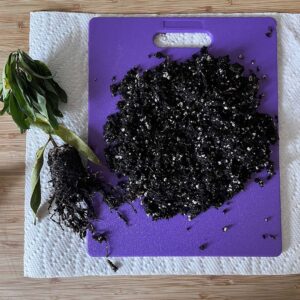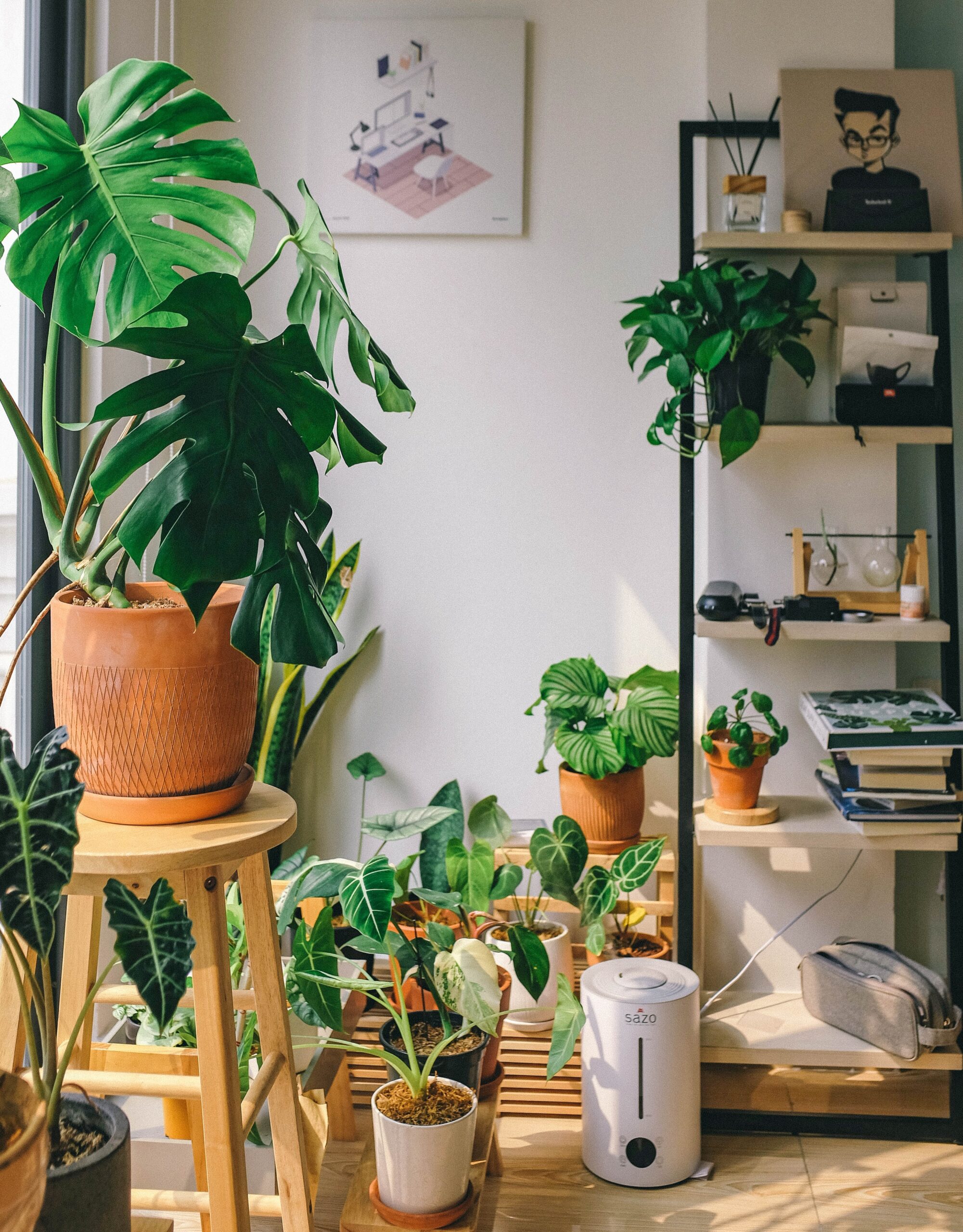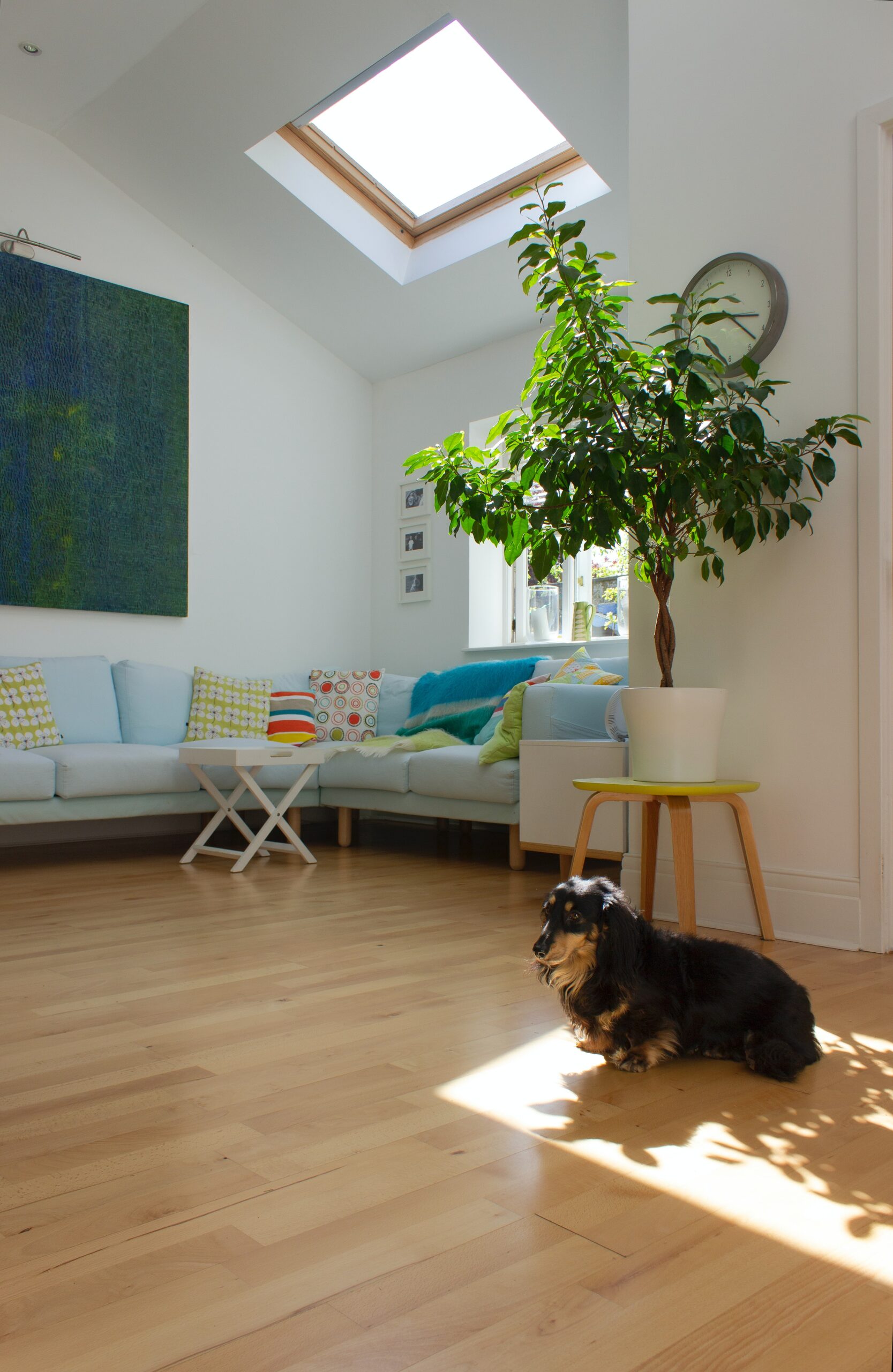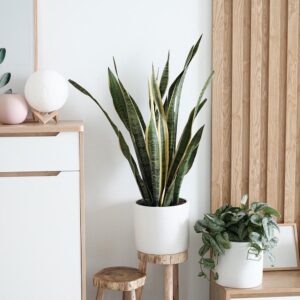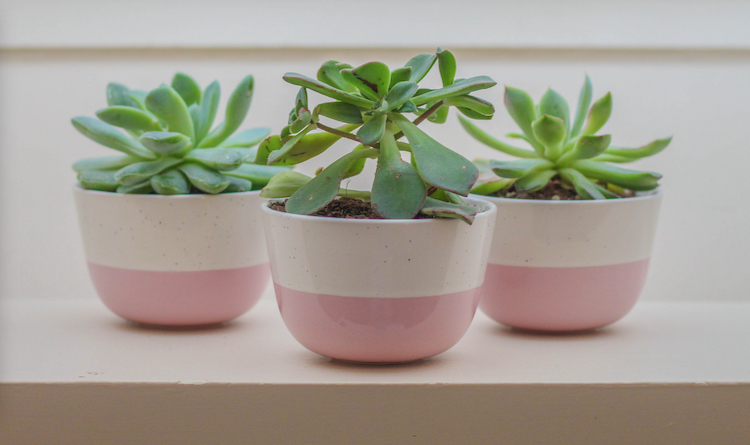
When I was first getting into houseplants I swore I would never put one in a terracotta pot. They’re ugly, boring, not colourful and not my aesthetic. Two years later I’m finding myself slowly swapping all my colourful fancy ceramic pots out for plain old terracotta. Am I old and boring now or is there a reason terracotta continues to stand the test of time?
Terracotta is easily one of the most recognizable materials in the world of pots. But there are other options you can choose from all with their own pros and cons. From plastic and fibreglass to glazed ceramic, metal and basketry, you’re sure to find your own style the more time you spend investing into houseplants. But which is actually better for the overall health of your little green pals? Let’s dive in.
Terracotta
Terracotta, or unglazed clay, comes from a type of clay that becomes porous after being fired. I already told you these pots are boring to look at — but they also are heavy, easy to transport and offer a classic look. “Their porous material promotes air movement which is good for roots and can help avoid problems like root rot,” said Houseplant Expert Julie on sproutsandstems.com. “Their porous material also helps moisture drain quicker which can help with overwatering.”
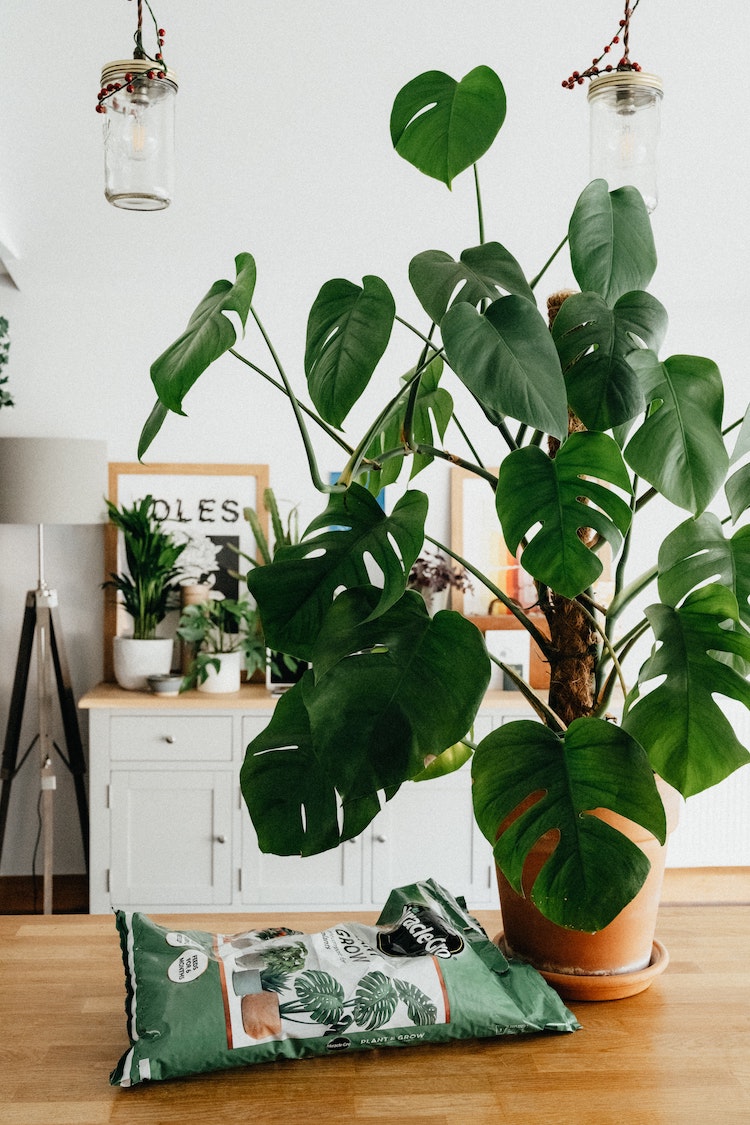
Some cons that come with terracotta pots are how fragile they can be and how quickly they can age from water and mineral deposits, making them susceptible to cracks and damage. Terracotta pots can also be greedy little buggers, sucking up all the water from the soil for themselves — helpful if you are an overwaterer, but can be detrimental if you’re a chronic underwaterer.
A tip I learned recently, albeit a little too late, is to soak your new terracotta pots in a sink full of water overnight. This way when you water your fresh soil, only the roots are stealing your water. Which you want.
Plastic
Plastic plant containers don’t do much for me. They feel a little bit flimsy and don’t look as if they could support the weight of a big monstera or something of similar stature. Although you won’t find one of my plants in a plastic container, they still have pros if you find yourself itching for one.
Plastic containers come in all shapes, sizes, colours and weigh a lot less than terracotta, metal, or ceramic. You can trust that if the plant ever fell over, it wouldn’t make a huge mess, hurt a child or pet, or break your toe. Plastic containers are not porous like their terracotta counterpart, so they hold a lot more water. They tend to work well for chronic underwaterers and frequent travellers. Because they hold more water they are not ideal pots for plant parents with a tendency to overwater. They also do not allow for airflow to the roots.
Ceramic
If you like the durability of terracotta but appreciate the creativity that comes with plastic more, a glazed ceramic pot might be your best bet. They are also made of fired clay but have an outer glaze on them that terracotta does not.
Like terracotta, ceramic pots are heavy and offer a good foundation for large floor plants compared to flimsier plastic. Similar to plastic, they hold moisture longer and may be a good choice for underwaterers. Due to the glaze, they do not allow for airflow to the roots the same way terracotta does.
Despite all these tips, it really comes down to the type of plant parent you are. If you travel a lot and know you will be away for most of the summer, stick to ceramic. If you’re heavy-handed with you’re watering, commit yourself to terracotta. What matters is that your plants have adequate drainage and that on watering day you saturate the soil.
Got a green tip to share with us or something plant-ey you would like us to investigate? Send your ideas to Jace at aestheticSnail@outlook.com.




